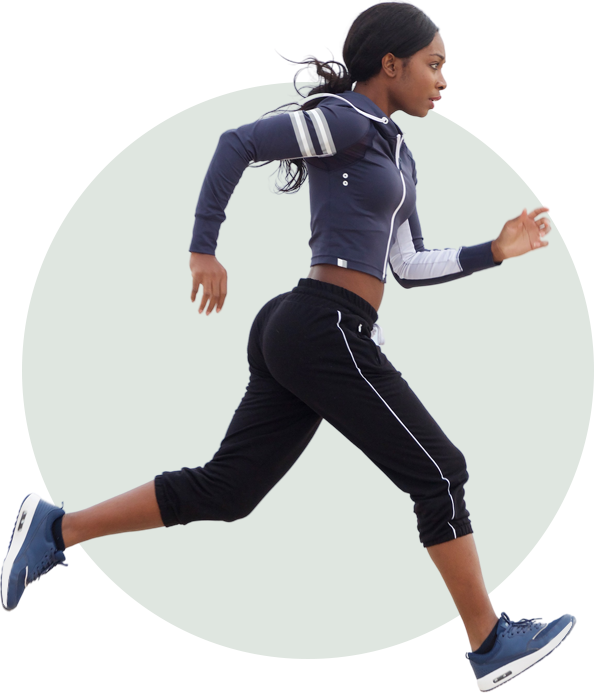Where Does It Hurt?
Where Does It Hurt?
Select an Area of Pain
We look at the body as a functional unit. Ligaments, tendons, nerves, muscles - how the body functions together as a unit. Your body has multiple different layers - all of those layers have to work together. We focus on all of your layers.

Shoulder
Shoulder
The shoulder is the most flexible joint in the body enabling a wide range of movements including, forward flexion, abduction, adduction, external rotation, internal rotation, and 360-degree circumduction.
Foot & Ankle
Foot & Ankle
The foot and ankle region is one of the most complex regions in the body, with 26 bones, 33 joints, 107 ligaments, and 19 muscles.
Knee
Knee
The knee is a vastly complex joint in the body composed of various bones, ligaments, tendons, nerves, and muscles.
Hand & Wrist
Hand & Wrist
The hands and wrists are made up of many ligaments, tendons, muscles, and bones that allow for a wide range of dexterity and movements. Ligaments bind together the joints in our wrists and hands. The muscles in our hands and wrists contract to allow for the movement of bones.
Elbow
Elbow
The elbow is made up of three bones: the humerus, radius, and ulna. Together they form a hinged joint that connects your upper arm to your forearm. Within the elbow, there are three joints: the ulnohumeral joint, the radiohumeral joint, and the proximal radioulnar joint.
Hip
Hip
As our largest ball and socket joint, the hip serves numerous functions in our body. It is responsible for supporting our body weight, providing stability, and allowing for a significant range of motion.
Spine
Spine
Our spines are responsible for keeping our bodies upright. They are made up of a group of bones called vertebrae, with a hollow canal in the center that houses the spinal cord. The vertebrae are separated by spongy disks that act as shock absorbers when you move your spine side to side.

